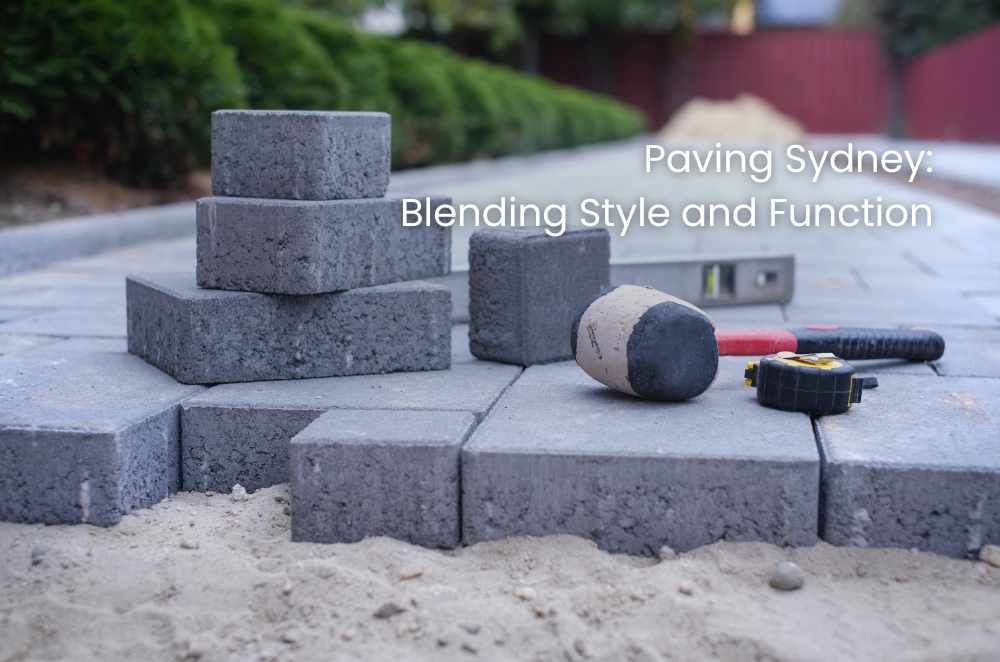
Paving isn’t only about neat lines or matching colours. The choices you make change how a place feels and how it holds up in the long run. In Sydney, where the weather can flip from scorching sun to heavy rain in a week, picking the right option matters. Stone has that classic appeal, brick brings a warmer look, and concrete is still the go-to for people after something practical. In recent years, brands like Adbri Masonry have pointed out how sustainable design is reshaping outdoor spaces, and groups such as All Green Gardening and Landscaping are applying those ideas through paving Sydney. Still, the real test comes down to knowing how to choose the right paving company—because the wrong choice can leave you redoing work sooner than expected.
What are the benefits of combining turf with paving?
Mixing turf with paving balances hard edges with greenery. It keeps the yard cooler, reduces mess, and makes the entire area more usable.
Sydney homes often use this mix for simple reasons: lawns handle the rain, paving handles the traffic. Together, they make the outdoors less about upkeep and more about living in it.
Why it works:
• Turf softens and cools paved areas
• Paving prevents mud and erosion
• Both add long-term property value
• The space feels more versatile
Choosing professional turf and paving ties everything together correctly. And it’s not just practical—UNSW research suggests adding green spaces supports wellbeing, which makes this approach more than a design decision.
Which paving materials last the longest in Sydney?
Stone and clay pavers usually last the longest. Concrete does well too, but only if the base is laid right.
Sydney’s weather isn’t kind to shortcuts. Sandstone and granite resist both heat and heavy rain, while clay tends to keep its colour over time. Concrete stays a popular option because it’s affordable and flexible in style, though it can crack if drainage is ignored.
Common choices:
Stone: Strong and natural-looking
Clay: Classic finish, colourfast
Concrete: Cheaper, versatile, reliable if laid well
Standards Australia makes the point that it’s not just about the material. A solid foundation and proper drainage are what stop pavers from shifting or breaking up.
How does paving design affect safety and lifestyle?
Design isn’t just about the look—it changes how people actually use the space.
An expansive patio feels social and open. A narrow path through the garden slows you down, pulls your focus to the plants. Around pools or shaded spots, non-slip surfaces aren’t optional; they’re necessary. Colour matters too. Light shades reflect heat, which helps in Sydney’s summers when darker pavers can get scorching.
Government planning notes highlight how small design choices affect safety and accessibility. That’s why many homeowners check the best paving options in Sydney before they commit—style, safety, and comfort have to line up.
Does paving increase property value in Sydney?
Yes. Paving can boost value by lifting the first impression of a home and giving people more usable outdoor space.
A neat driveway signals low maintenance. Patios make outdoor entertaining easier. Even simple paths tidy up a garden and add to the feel of the place. Buyers notice it, but even if you’re not selling, you’ll feel the difference day to day.
Things that add value:
• Driveways with safe, direct access
• Patios or alfresco areas for gatherings
• Turf paired with paving for balance
These aren’t just “nice extras.” They change how you use your home, and over time, they can pay back what you put in.

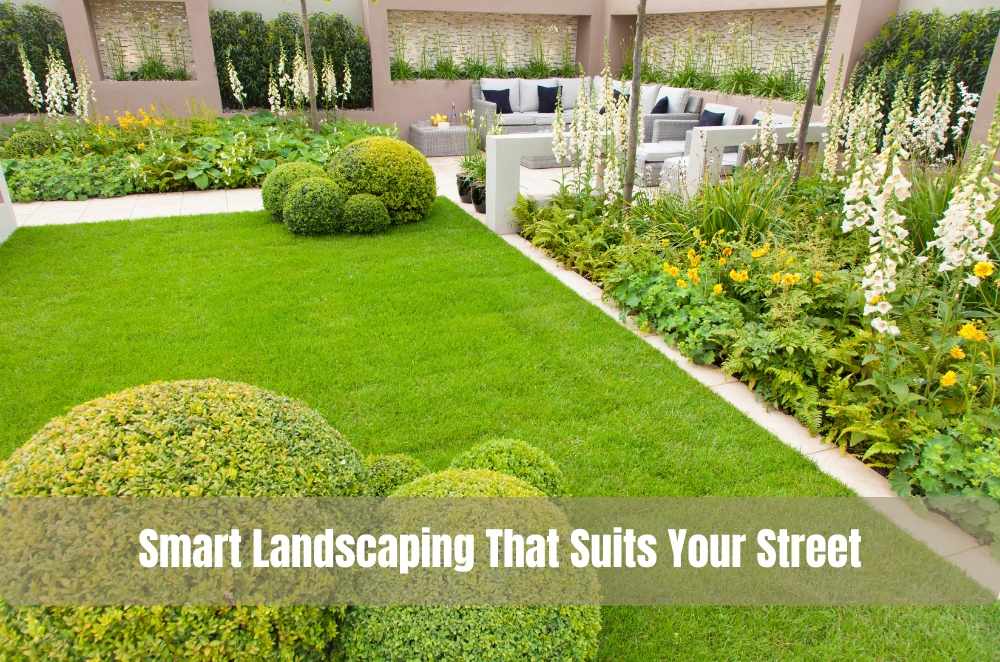
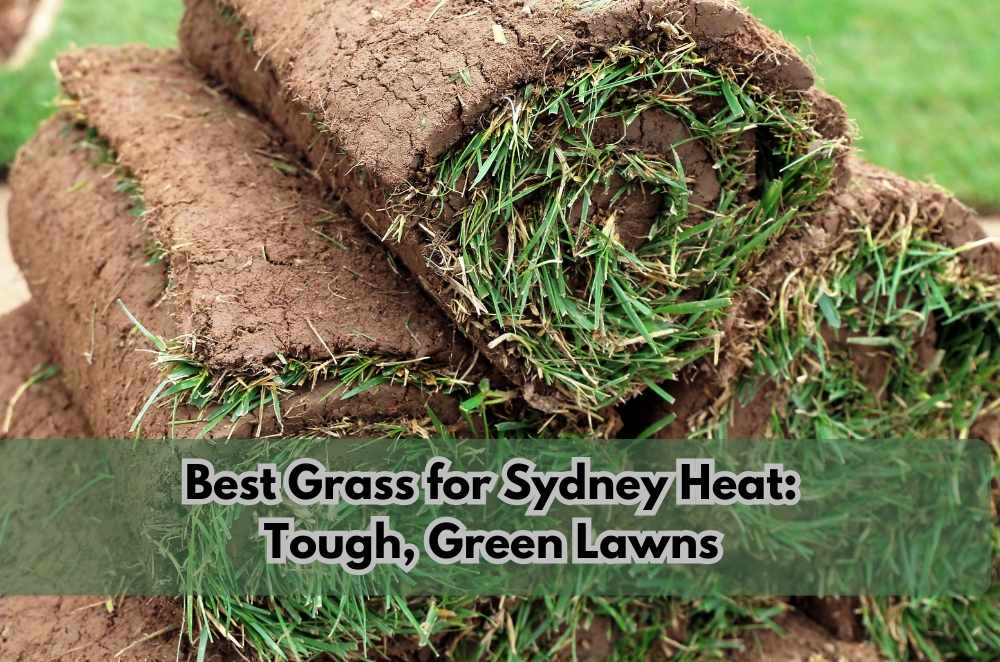
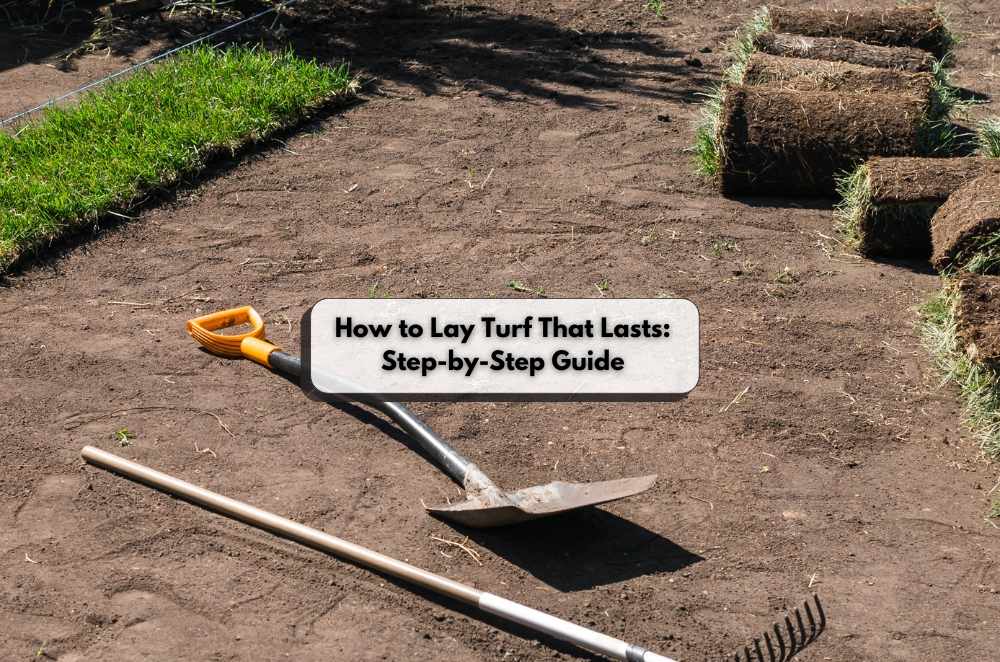
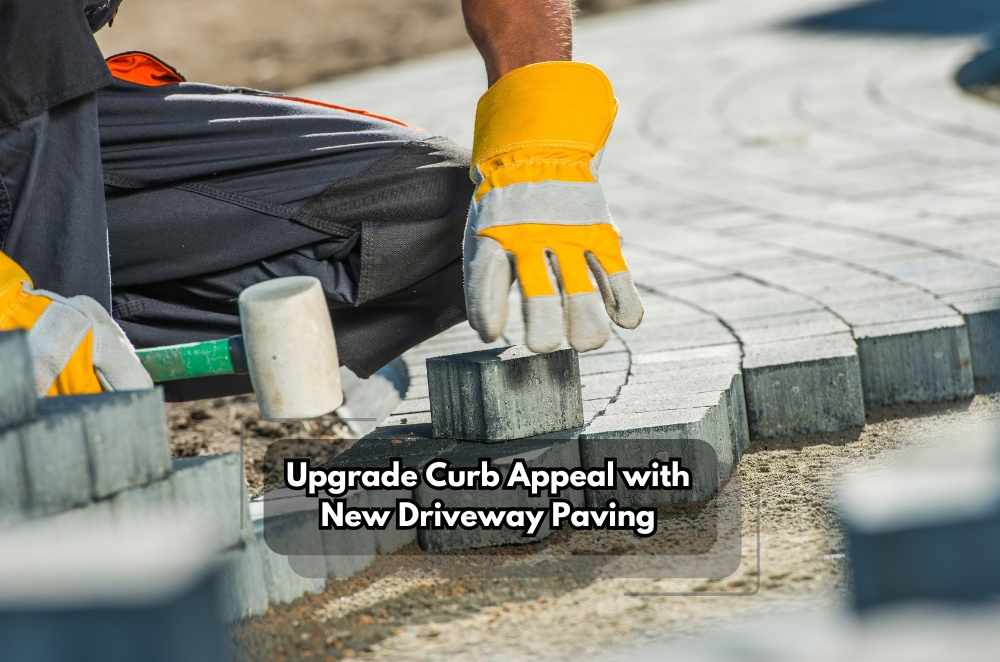

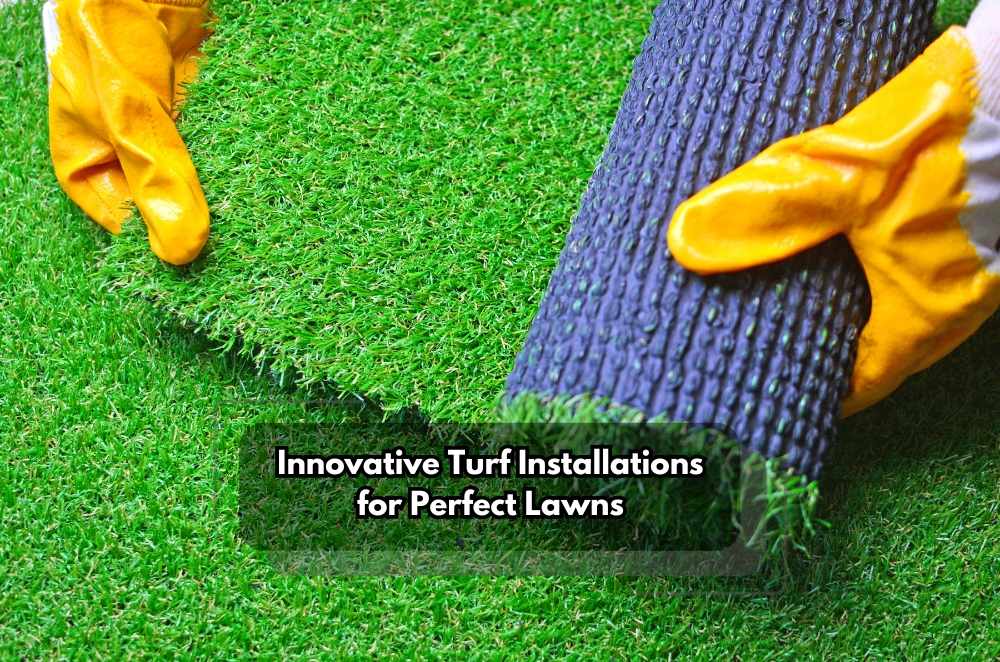




Write a comment ...